
Mushroom Test Kits
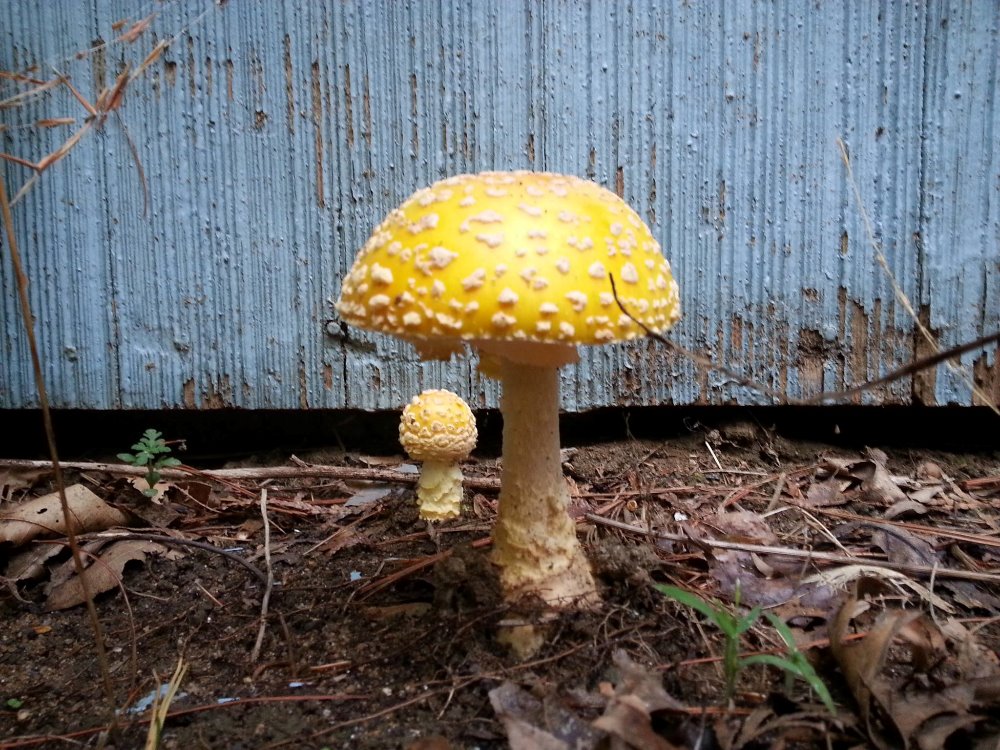
Summary of the product:
An inexpensive easy to use test kit that can determine the presence of poisonous compounds within a suspected mushroom and where applicable the concentration of such compounds within a specific mushroom.
Backround: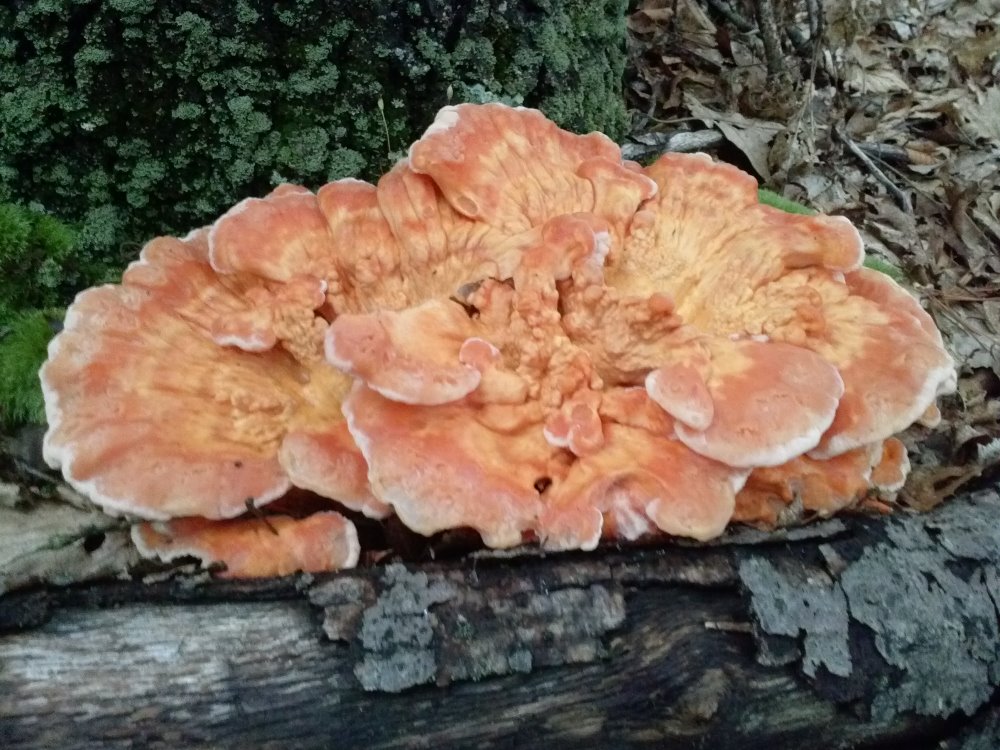
What is mushroom poisoning? (From wiki)
Mushroom poisoning (also known as mycetism) refers to harmful effects from ingestion of toxic substances present in a mushroom. These symptoms can vary from slight gastrointestinal discomfort to death. The toxins present are secondary metabolites produced in specific biochemical pathways in the fungal cells. Mushroom poisoning is usually the result of ingestion of wild mushrooms after misidentification of a toxic mushroom as an edible species. The most common reason for this misidentification is close resemblance in terms of color and general morphology of the toxic mushrooms species with edible species.
To prevent mushroom poisoning, mushroom gatherers need to be very familiar with the mushrooms they intend to collect as well as with any similar-looking toxic species. Collectors also need to be well aware that edibility or toxicity of some species varies with geographic location. Until now there has been no definitive test for the mushroom hunter to determine if a mushroom is poisonous or not.
There are many folk traditions concerning the defining features of poisonous mushrooms. However, there are no general identifiers for poisonous mushrooms (only guidelines to identify mushrooms themselves exist, if one knows what mushroom is toxic), and so such traditions are unreliable guides. Use of folk traditions to try to identify edible mushrooms is a frequent cause of mushroom poisoning.
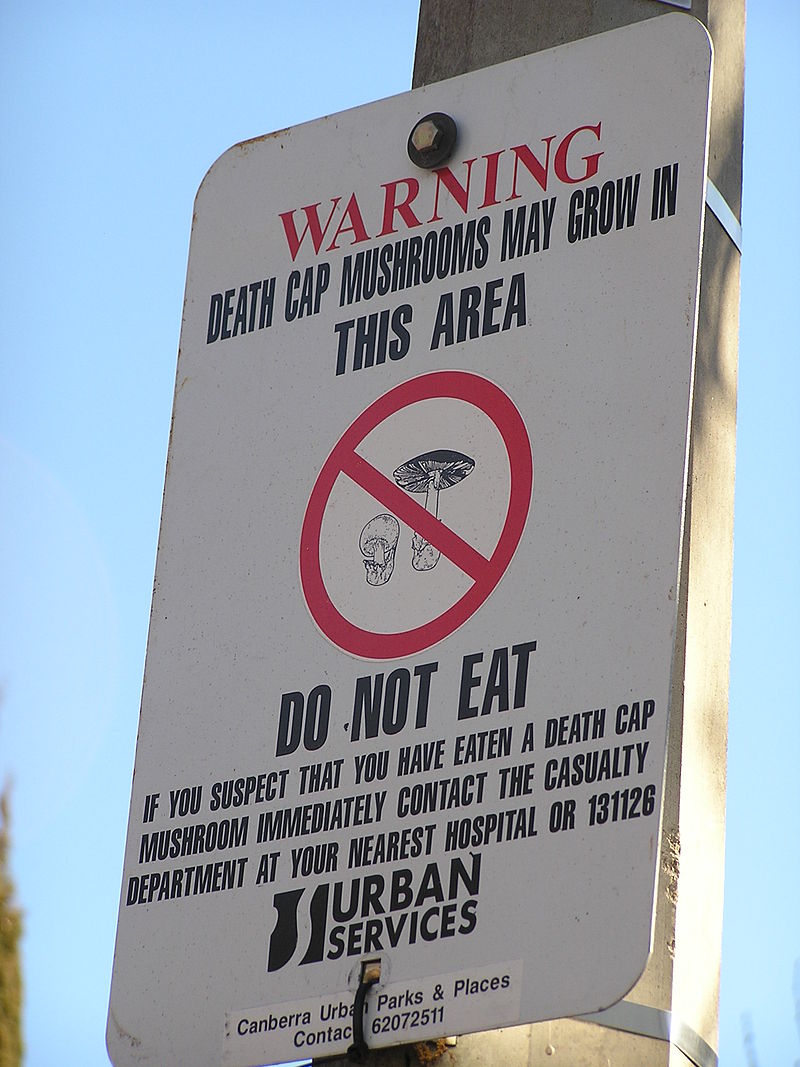
Causes of Mushroom Poisoning:
Discovery of new species of fungi occurs at a very high rate, with an estimated value of 800 new species registered annually. This, added to the fact that many investigations have recently reclassified some species of mushrooms from edible to poisonous has made older classifications insufficient at describing what now is known about the different species of fungi that are harmful to humans. Thus, contrary to what older registers state, it is now thought that of the approximately 100,000 known fungi species found worldwide, about 100 of them are poisonous to humans.
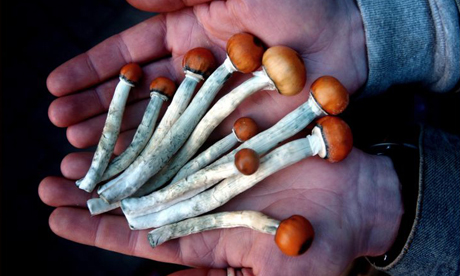
Types of Mushroom Poisons:
Alpha-amanitin:
For 6–12 hours, there are no symptoms. This is followed by a period of gastrointestinal upset (vomiting and profuse, watery diarrhea). This stage is caused primarily by the phallotoxins and typically lasts 24 hours. At the end of this second stage is when severe liver damage begins. The damage may continue for another 2–3 days. Kidney damage can also occur. Some patients will require a liver transplant. Amatoxins are found in some mushrooms in the genus Amanita, but are also found in some species of Galerina and Lepiota. Overall, mortality is between 10 and 15 percent. Recently, Silybum marianum or blessed milk thistle has been shown to protect the liver from amanita toxins and promote regrowth of damaged cells.
Orellanine:
This toxin causes no symptoms for 3–20 days after ingestion. Typically around day 11, the process of kidney failure begins, and is usually symptomatic by day 20. These symptoms can include pain in the area of the kidneys, thirst, vomiting, headache, and fatigue. A few species in the very large genus Cortinarius contain this toxin. People having eaten mushrooms containing orellanine may experience early symptoms as well, because the mushrooms often contain other toxins in addition to orellanine. A related toxin that causes similar symptoms but within 3–6 days has been isolated from Amanita smithiana and some other related toxic Amanitas.
Muscarine:
Muscarine stimulates the muscarinic receptors of the nerves and muscles. Symptoms include sweating, salivation, tears, blurred vision, palpitations, and, in high doses, respiratory failure. Muscarine is found in mushrooms of the genus Omphalotus, notably the Jack o' Lantern mushrooms. It is also found in A. muscaria, although it is now known that the main effect of this mushroom is caused by ibotenic acid. Muscarine can also be found in some Inocybe species and Clitocybe species, in particular Clitocybe dealbata, and some red-pored Boletes.
Gyromitrin:
Stomach acids convert gyromitrin to monomethylhydrazine (MMH), a compound employed in rocket fuel. It affects multiple body systems. It blocks the important neurotransmitter GABA, leading to stupor, delirium, muscle cramps, loss of coordination, tremors, and/or seizures. It causes severe gastrointestinal irritation, leading to vomiting and diarrhea. In some cases, liver failure has been reported. It can also cause red blood cells to break down, leading to jaundice, kidney failure, and signs of anemia. It is found in mushrooms of the genus Gyromitra. A gyromitrin-like compound has also been identified in mushrooms of the genus Verpa.
Coprine:
Coprine is metabolized to a chemical that resembles disulfiram. It inhibits aldehyde dehydrogenase (ALDH), which, in general, causes no harm, unless the person has alcohol in their bloodstream while ALDH is inhibited. This can happen if alcohol is ingested shortly before or up to a few days after eating the mushrooms. In that case the alcohol cannot be completely metabolized, and the person will experience flushed skin, vomiting, headache, dizziness, weakness, apprehension, confusion, palpitations, and sometimes trouble breathing. Coprine is found mainly in mushrooms of the genus Coprinus, although similar effects have been noted after ingestion of Clitocybe clavipes.
Ibotenic acid:
Ibotenic acid decarboxylates into muscimol upon ingestion. The effects of muscimol vary, but nausea and vomiting are common. Confusion, euphoria, or sleepiness are possible. Loss of muscular coordination, sweating, and chills are likely. Some people experience visual distortions, a feeling of strength, or delusions. Symptoms normally appear after 30 minutes to 2 hours and last for several hours. A. muscaria, the "Alice in Wonderland" mushroom, is known for the hallucinatory experiences caused by muscimol, but A. pantherina and A. gemmata also contain the same compound. While normally self-limiting, fatalities have been associated with A. pantherina, and consumption of a large number of any of these mushrooms is likely to be dangerous.
Psilocybin:
Psilocybin dephosphorylates into the psychoactive compound psilocin upon ingestion, which acts as a psychedelic drug. Symptoms begin shortly after ingestion. The effects can include euphoria, visual and religious hallucinations, and heightened perception. However, some persons experience fear, agitation, confusion, and schizophrenia-like symptoms. All symptoms generally pass after several hours. Some (though not all) members of the genus Psilocybe contain psilocybin, as do some Panaeolus, Copelandia, Conocybe, Gymnopilus, and others. Some of these mushrooms also contain baeocystin and norbaeocystin, which has effects similar to psilocin. Information on 37 indole containing analogs are included in the kit as well.
Arabitol:
A sugar alcohol, similar to mannitol, which causes no harm in most people but causes gastrointestinal irritation in some. It is found in small amounts in oyster mushrooms, and considerable amounts in Suillus species and Hygrophoropsis aurantiaca (the "false chanterelle").
http://en.wikipedia.org/wiki/Mushroom_poisoning 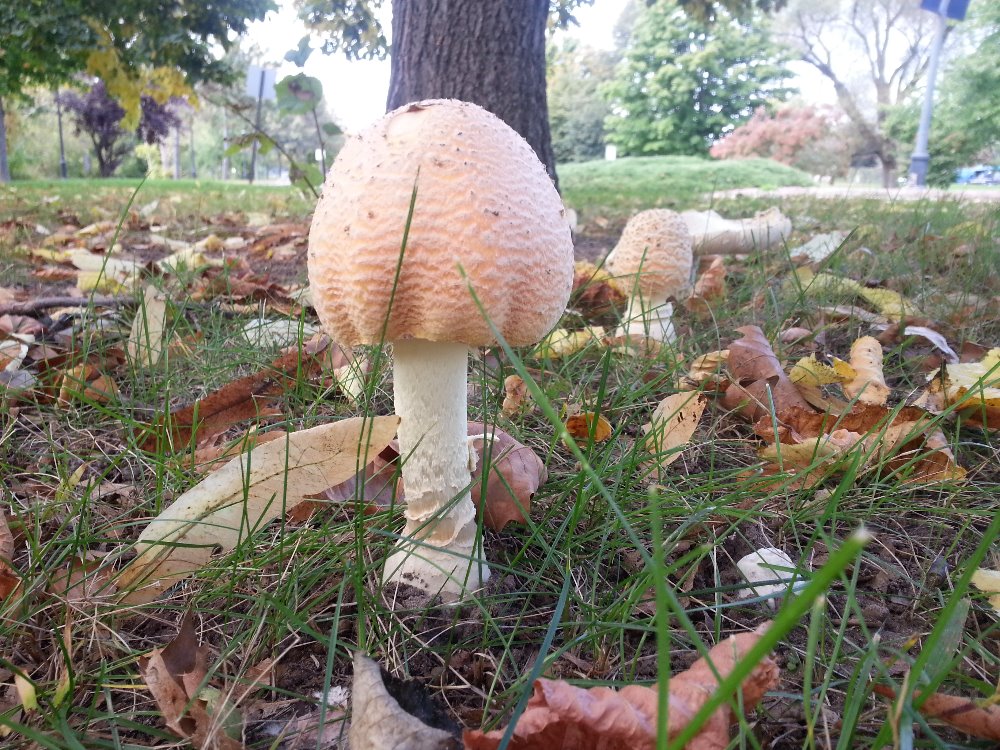
It’s Time for a Change:
Most would-be mushroom hunters are generally discouraged from the hobby when introduced to the activity without the aid of an experienced mushroom hunter or guide in fear of consuming a poisonous species of mushroom. We would like to equip every mushroom hunter with an inexpensive easy to use test kit that can determine the presence of poisonous compounds within a suspected mushroom, and where applicable the concentration of such compounds.
The kits will make a great addition to any experienced mushroom identifier who is interested in discovering new species of mushroom, as well as field foray guides. And at-home mushroom cultivators interested in quality control and product purity can use these kits to do just that before bringing their products to market.
The kits are inexpensive but are composed of highly accurate materials giving the user the most amount of information about the sample as possible. The kits are easy to use and give reproducible results. Refills for the kits will also be available. 
About the kits:
The kits use a process called High Performance Thin Layer Chromatography to separate the different compounds according to their given polarity to the stationary phase (the plate). After the sample has been applied on the plate, a solvent or solvent mixture (known as the mobile phase or eluent) is drawn up the plate via capillary action. Because different molecules ascend the TLC plate at different rates, separation is achieved. The length of distance that a molecule travels across the plate is the retention factor (Rf).
A colorimetric reagent or stain is then applied to visualize the sought compounds. Once visible, the Rf value of each spot can be determined by dividing the distance the compound traveled by the distance the solvent front traveled using the initial spotting site as reference.
Example:
Ashley, a biology student at the local university doing a paper on deadly amanitas is wishing to know if the mushroom she just found contains amatoxins. After consulting her resource books, taking a spore print, and posting pictures on a mushroom ID forum no conclusive identification could be made. So an Amatoxins kit was purchased and employed. She placed a small piece of the mushroom tissue into one of the Reaction Tubes, using a disposable pipette she just barely covered the tissue with the Extraction Solvent "A" (Methanol/deionized H20/0.01 M HCl). After waiting the specified time she placed the tip of the glass TLC spotter (about as thick as a stand of hair) into the mushroom/solvent mixture. The tip of the capillary tube now holding 2µL of the sample is placed about 1cm from the bottom of the plate. Using a pipette a few mL of the Eluent Mixture "B" (methanol/2-propanol/water/acetic acid) was added to the Developing Chamber. The area where the sample was applied to the plate is marked with the pencil and the plate is place into the Developing Chamber. After the specified amount of time the plate is removed from the chamber and the solvent front is marked then the plate is laid flat to dry. Using the sprayer a few pumps of the Developing Reagent "2" (Ninhydrin stain) is applied to the surface of the plate. Eluent Mixture "B" effectively separates Amatoxins for an Rf = 0.39 (α-amanitin) or Rf = 0.33 (ß-amanitin) and the Developing Reagent turns the compounds a different color to stand out on the plates. Having a now positive result for amatoxins from the kit Ashley is now able to finish her paper with pictures included of the kits results.
The kits can be used to determine the presence of the following toxins:
Alpha & Beta-amanitin
Orellanine
Muscarine
Gyromitrin
Coprine
Ibotenic acid and Muscimol
Psilocybin and up to 37 analogs of psilocybin
Arabitol
The largest kit for testing all of the above 10 toxins will consist of the following:
(10) HPTLC plates (2-5 samples per plate)
(10) 2-Dimensional HPTLC plates (1 sample per plate)
(4) Bottles of different Developing Reagents/Dyes
(3) Bottles of different Extraction Solvents
(8) Bottles of different Eluent Mixtures
(1) Small Developing Chamber
(1) Large Developing Chamber for 2-Dim plates
(30) Reaction tubes
(30) Glass TLC Capillary tubes
Disposable Pipettes
Disposable gloves
Soft-lead Pencil for marking the plates
Tweezers
User Manual
DVD Instructions
Concentration Comparison Charts (Indoles only)
UV Light 320 -290 nm (optional)
Poisonous Mushroom ID Guide (optional)
Smaller kits for specific toxins will also be offered, and at a reduced price because of the smaller amount of solvents, reagents/dyes, and eluents required
Why we need the money:
The prototypes work great and the kits are ready to bring to market, we are asking for this money to use towards the following:
Start and run the company’s website
Open a business account
Procure a small commercial place to assemble the kits
Equipment/inventory/packaging costs
State/local licenses, permits, and insurance
Trademarking fees
Marketing costs
Thank you for your support.
Disclaimer:
This product is not intended to diagnose or treat any disease or ailment. This product was designed for educational purposes only. This product is only intended to help detect known compounds of toxicity within a suspected mushroom OR by medical personnel AFTER a possible suspected mushroom has been consumed for preliminary purposes only. At no time should a mushroom be consumed if it was ever considered or questioned to be poisonous, even if the kits show a negative result for toxins. Because we cannot anticipate or control the many different conditions under which this information and/or product may be used, we cannot guarantee the applicability or the accuracy of this information or the suitability of our product in every given situation. The product discussed here is sold without warranty, either expressed or implied, and buyer assumes all responsibility for loss or damage arising from the handling, storage, or use of this product, whether used in accordance with the manufacturer specifications or otherwise.
Please contact us if you are interested in long-term investment opportunities in the company.